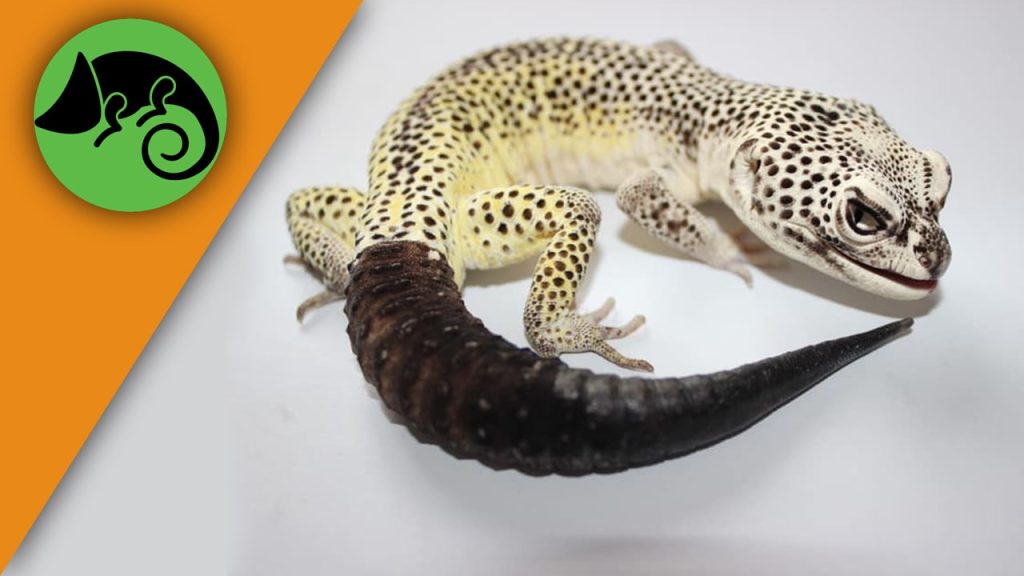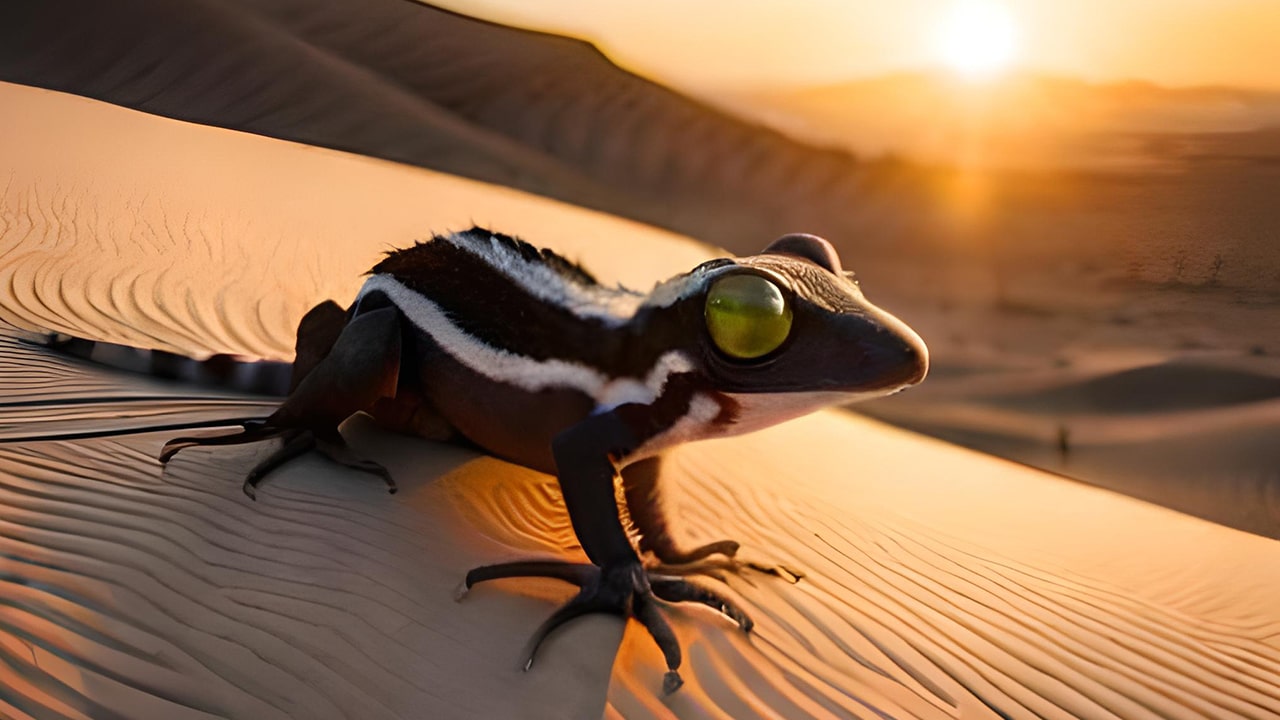Geckos have captivated reptile enthusiasts with their unique appearances and fascinating behaviors. Among the diverse gecko species, one morph that stands out is the Skunk Gecko. These stunning creatures exhibit a wide range of colors and patterns, making them a sought-after choice for reptile enthusiasts and collectors. In this article, we will explore the captivating world of Skunk Gecko morphs, understand how they are created, and discover the joy of caring for these beautiful reptiles.
Contents
- 1 1. Introduction
- 2 2. What is a Skunk Gecko?
- 3 3. Understanding Gecko Morphs
- 4 4. Different Types of Skunk Gecko Morphs
- 5 5. How Skunk Gecko Morphs are Created
- 6 6. Care and Maintenance of Skunk Gecko Morphs
- 7 7. Breeding Skunk Gecko Morphs
- 8 8. Popular Skunk Gecko Morphs in the Hobby
- 9 9. The Appeal and Market for Skunk Gecko Morphs
- 10 10. Legal Considerations for Keeping Skunk Gecko Morphs
- 11 11. Conclusion
- 12 FAQs
1. Introduction
Skunk Geckos, also known by their scientific name Sphaerodactylus nigropunctatus, are small-sized lizards native to the Caribbean islands. While their wild counterparts exhibit a more uniform appearance, Skunk Gecko morphs have been selectively bred to display an array of vibrant colors and patterns, turning them into living works of art.
2. What is a Skunk Gecko?
Skunk Geckos are a species of dwarf geckos known for their small size and distinct coloration. They typically measure around three inches in length and have slender bodies. Their name originates from their ability to release a foul-smelling odor when threatened, resembling the behavior of skunks. However, this characteristic is less pronounced in captivity due to selective breeding and the absence of predators.
3. Understanding Gecko Morphs
Gecko morphs are genetic variations within a species that result in distinct physical characteristics. These variations are the product of selective breeding, where breeders selectively mate geckos with desired traits to produce offspring with specific appearances. Through careful breeding programs, gecko enthusiasts have created an extensive variety of morphs, each with its own unique colors, patterns, and combinations.
4. Different Types of Skunk Gecko Morphs
Skunk Gecko morphs encompass a wide range of colors and patterns. Here are some popular examples:
4.1. Tangerine Skunk Gecko

The Tangerine Skunk Gecko is known for its vibrant orange coloration. Its scales display shades ranging from light yellow-orange to deep reddish-orange, creating a stunning visual display.
4.2. Lemon Frost Skunk Gecko

The Lemon Frost Skunk Gecko features a delicate yellowish-white base color with light gray markings. This combination creates an enchanting frost-like appearance, resembling the delicate beauty of a lemon-flavored dessert.
4.3. Lavender Skunk Gecko
The Lavender Skunk Gecko showcases a mesmerizing lavender hue throughout its body. The subtle shades of purple give it an ethereal and enchanting allure, making it a highly sought-after morph.
4.4. Mint Skunk Gecko
The Mint Skunk Gecko boasts a refreshing mint green coloration, reminiscent of cool mint leaves. Its unique shade of green makes it stand out among other Skunk Gecko morphs.
4.5. Black and White Skunk Gecko

The Black and White Skunk Gecko exhibits a striking contrast between jet black and pristine white scales. This monochromatic beauty captivates the eye and adds an element of elegance to any reptile collection.
5. How Skunk Gecko Morphs are Created
Creating Skunk Gecko morphs involves selective breeding techniques. Breeders carefully pair geckos with specific traits to produce offspring with desired characteristics. This process often requires several generations of breeding to achieve consistent and predictable results.
6. Care and Maintenance of Skunk Gecko Morphs
Proper care is essential to ensure the health and well-being of Skunk Gecko morphs. Here are some key aspects to consider when caring for these captivating reptiles:
6.1. Habitat Setup
Skunk Gecko morphs require a suitable enclosure that mimics their natural habitat. A well-ventilated terrarium with appropriate substrate, hiding spots, and climbing opportunities should be provided. Live plants can also enhance their habitat and create a more natural environment.
6.2. Temperature and Lighting
Maintaining the correct temperature and lighting conditions is crucial for Skunk Gecko morphs. A temperature gradient should be established, with a warm side ranging from 85°F to 90°F (29°C to 32°C) and a cooler side around 75°F to 80°F (24°C to 27°C). UVB lighting is not essential but can be beneficial for their overall well-being.
6.3. Feeding and Nutrition
Skunk Gecko morphs are insectivores, primarily feeding on small invertebrates such as crickets, mealworms, and dubia roaches. It’s important to provide a varied diet to ensure they receive proper nutrition. Dusting the prey with calcium and vitamin supplements is also necessary for their health.
6.4. Handling and Socialization
Skunk Gecko morphs are generally not as tolerant of handling as larger reptiles. Gentle and infrequent handling is recommended to minimize stress and potential injury. However, regular observation and interaction from outside the enclosure can help acclimate them to human presence.
7. Breeding Skunk Gecko Morphs
Breeding Skunk Gecko morphs can be a rewarding endeavor for experienced reptile enthusiasts. Here are some important considerations when breeding these captivating lizards:
7.1. Selecting Breeding Pairs
Choosing compatible breeding pairs is crucial to produce desirable offspring. Breeders carefully select geckos with complementary traits, ensuring that the resulting offspring will exhibit the desired morph characteristics.
7.2. Egg Incubation and Hatching
After successful mating, female Skunk Geckos lay one or two eggs at a time. These eggs should be carefully incubated at a specific temperature and humidity level to ensure proper development. After an incubation period of approximately 50 to 70 days, the eggs will hatch, giving birth to tiny geckos.
7.3. Caring for Hatchlings
Hatchling Skunk Geckos require delicate care and attention. They should be housed in smaller enclosures with appropriate heat and humidity levels. Their diet consists of small-sized insects and should be supplemented with calcium and vitamins to support their growth.
8. Popular Skunk Gecko Morphs in the Hobby
Within the Skunk Gecko morph community, certain morphs have gained popularity due to their exceptional beauty and unique traits. Some of the sought-after morphs include Tangerine Skunk Geckos, Lemon Frost Skunk Geckos, Lavender Skunk Geckos, Mint Skunk Geckos, and Black and White Skunk Geckos.
9. The Appeal and Market for Skunk Gecko Morphs
Skunk Gecko morphs have gained significant popularity in the reptile hobby due to their stunning aesthetics and genetic diversity. Collectors and enthusiasts value the intricate patterns and vibrant colors they display. As a result, the market for Skunk Gecko morphs has grown, with breeders offering a wide selection of morphs to cater to the demand.
10. Legal Considerations for Keeping Skunk Gecko Morphs
Before acquiring Skunk Gecko morphs, it’s essential to familiarize yourself with the legal regulations regarding their ownership and trade in your region. Some jurisdictions may have restrictions or require permits for keeping certain gecko species or morphs. Ensuring compliance with the law helps protect both the geckos and their natural habitats.
11. Conclusion
Skunk Gecko morphs bring a burst of color and uniqueness to the reptile hobby. With their wide range of captivating morphs, these small lizards have become highly sought-after among collectors and enthusiasts. By understanding their care requirements, appreciating their beauty, and supporting responsible breeding practices, we can continue to enjoy the wonder of Skunk Gecko morphs for years to come.
FAQs
- Q: Are Skunk Gecko morphs suitable for beginners?
- A: Skunk Gecko morphs require experienced care due to their specific needs. They are better suited for reptile enthusiasts with prior reptile-keeping experience.
- Q: Can Skunk Geckos live in groups?
- A: Skunk Geckos are typically solitary reptiles and are best housed individually to prevent territorial conflicts.
- Q: Do Skunk Gecko morphs require special lighting?
- A: While UVB lighting is not essential for Skunk Gecko morphs, it can benefit their overall well-being. However, proper temperature gradients should be the priority.
- Q: How long do Skunk Geckos live?
- A: Skunk Geckos have an average lifespan of 6 to 8 years, although with optimal care, they can live up to 10 years or more.
- Q: Are Skunk Gecko morphs endangered in the wild?
- A: Skunk Geckos are not currently classified as endangered. However, it is important to support responsible breeding practices and avoid purchasing wild-caught specimens.


